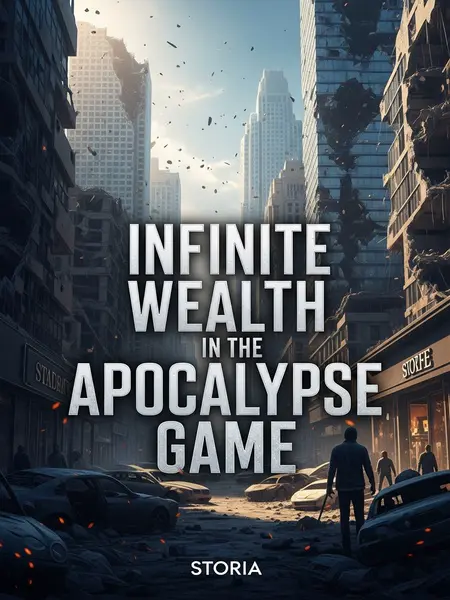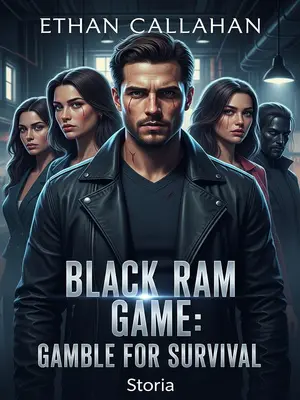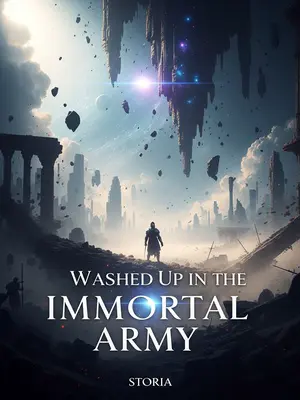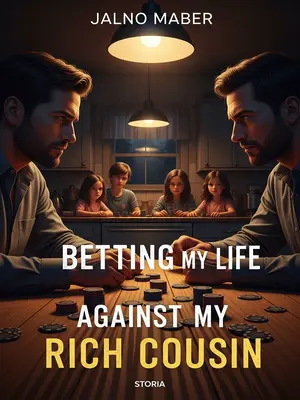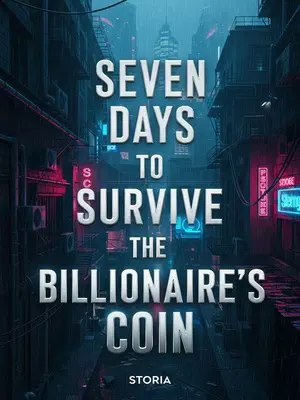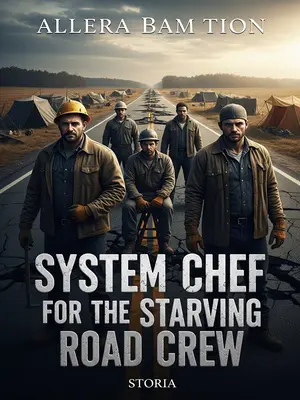Chapter 2: Building a Fortress
I bolted from the spawn area—no way was I sticking around for awkward group huddles or fake alliances. My boots crunched over gravel as I ducked out like a kid skipping homeroom, already mapping my escape.
On the world map, I hunted for the ultimate hideout. After scrolling for ages, I found it: a tiny speck in the Pacific, way off any shipping lanes. It was so remote, even Google Maps gave up. Survivor would’ve killed for this location.
The island was perfect—not too big, not too small, and no other land in sight. I double-checked on Google Earth. No cruise ships, no air traffic, nothing. This was my spring break dream—if spring break meant hiding from superpowered psychos.
It wasn’t on a fault line, no hurricanes, no volcanoes. NOAA data and old weather patterns confirmed it: about as safe as you could get in the apocalypse.
There was a natural flat patch, just begging for a runway. The hills around it were perfect for cover. I pictured a camouflaged private airstrip—something straight out of a billionaire’s doomsday blog.
No hesitation. I dropped a billion, bought the island, and named it Horizon Island. The paperwork cleared faster than a Vegas slot payout. The name was a little cheesy, but it felt right.
I claimed I was starting a luxury resort, bought ten massive cruise ships, and locked down construction contracts with a whole army of NPCs. Everything—vehicles, building materials—shipped straight to the island.
To outsiders, I was just another tech bro living out a SimCity fantasy. The local news ran wild with speculation about my “secretive billionaire resort.”
I buried the location under a mountain of NDAs. Nobody knew where Horizon Island actually was. My lawyers would’ve thrown a party.
Once the cruise ships docked, construction kicked off. The air filled with the grind of engines and the clang of steel. It was like watching a sped-up YouTube build—empty jungle one day, a runway the next.
I bought a hundred planes and used charter flights to fly in crews from all over. Every jet that landed made me grin—money really could buy the sky.
Crews worked round the clock. To keep things secret, I’d already set up signal jammers and confiscated every phone. No TikTok, no texts, no leaks. All that mattered was the build.
Ten surface bunkers went up first, built to withstand a magnitude 12 earthquake—overkill, but I wasn’t taking chances. If Doomsday Preppers had seen this place, they’d have lost their minds.
Each bunker was camouflaged—looked like driftwood and moss from above. I even tossed in fake deer and plastic flamingos for fun.
But those were just decoys. The real fortress was buried deep.
Beneath the surface, I built a labyrinth—corridors, blast doors, hidden rooms. It made Fort Knox look quaint. Five-inch steel walls, decontamination showers, airlocks—the CDC could’ve filmed a commercial here.
Even if zombies learned to dig, they’d never get through five meters of steel. I added seismic alarms and anti-burrow sensors for good measure.
Surface bunkers all had secret passages to the underground base, but each one was a tight squeeze, one person at a time, with a maze-like layout. Anyone dumb enough to try would get funneled straight onto my security cams.
Traps lined every passage—pressure plates, smoke bombs, even a few Kevin McCallister classics. If one passage got blown, I’d just use another. No sentimental exits in the end times.
In the apocalypse, energy is everything. I covered my bases with wind turbines, tidal generators, and even went full nuclear—no half measures.
I built five nuclear plants—three big, two medium—hidden underground and under the sea. Enough power to light up Vegas or fry anything stupid enough to approach.
Biogas tanks, hand-cranked generators, battery banks, diesel reserves—redundancy on top of redundancy. I even kept a solar charger just for my phone. Can’t survive the end times without a playlist.
Water was no issue. Rain collectors, desalination, underground taps—plus a purification setup that would make Brita jealous. High-temp, low-temp, UV, chemical—more ways to kill germs than a hospital ER.
A wastewater system kept everything clean, with backup composting for emergencies. Waterproofed walls, airtight doors, robust drainage—floods and rising sea levels weren’t touching me.
Multiple air purification systems kept the shelter crisp, with lemon-scented filters for when I wanted to pretend I was in a hotel. And I stashed a hundred thousand oxygen bottles, just in case.
The shelter was divided into twelve compartments, all sealed and independently ventilated. Three were mini-farms—hydroponic veggies, tanks of fish, and a flock of chickens. Noah’s Ark, but with an unlimited budget.
Two more rooms stockpiled enough supplies—medicine, food, water—to last a decade. Shelves were labeled, everything organized. Candy bars by the case. I wasn’t going hungry.
Other compartments held bedrooms, kitchens, rec rooms, gyms, bathrooms, medical bays. My room had a California king, blackout curtains, and a wall of books. The gym was stacked—because even in the apocalypse, self-care matters.
Whenever an NPC worker got suspicious, I just tipped them extra. Loyalty is expensive, but everyone has a price.
Infinite wealth meant I could spend forever. Every time I bought something, the zeros just kept multiplying. It was a rush—a superpower that never ran out.
At night, I’d watch the floodlights flicker over the half-built runway, eating instant ramen straight from the pot—my only company the distant crash of waves.
